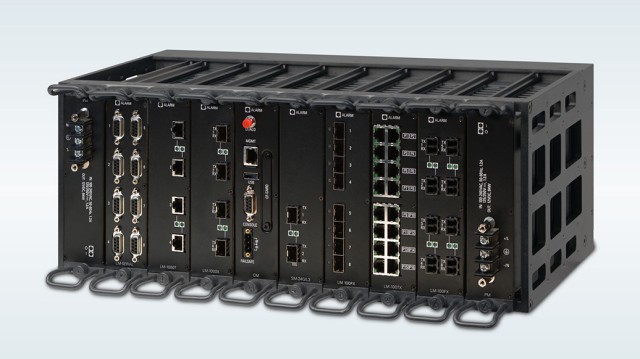
1. EXECUTIVE SUMMARY
- CVSS v3 5.3
- ATTENTION: Exploitable remotely/low attack complexity
- Vendor: Siemens
- Equipment: RUGGEDCOM Devices
- Vulnerability: Missing Encryption of Sensitive Data
2. RISK EVALUATION
Successful exploitation of this vulnerability could allow an authorized threat actor to obtain privileges to access passwords.
3. TECHNICAL DETAILS
3.1 AFFECTED PRODUCTS
Many different versions of RUGGEDCOM, a software platform, are affected.
3.2 VULNERABILITY OVERVIEW
3.2.1 MISSING ENCRYPTION OF SENSITIVE DATA CWE-311
The affected products are vulnerable to unencrypted storage of passwords in the client configuration files and during network transmission, which may lead to an attacker being in a privileged position to access passwords.
CVE-2021-37209 has been assigned to this vulnerability. A CVSS v3 base score of 5.3 has been calculated; the CVSS vector string is (AV:N/AC:H/PR:N/UI:R/S:U/C:H/I:N/A:N).
3.3 BACKGROUND
- CRITICAL INFRASTRUCTURE SECTORS: Multiple Sectors
- COUNTRIES/AREAS DEPLOYED: Worldwide
- COMPANY HEADQUARTERS LOCATION: Germany
3.4 RESEARCHER
Siemens reported this vulnerability to CISA.
4. MITIGATIONS
Siemens provides the following specific mitigation:
- Update to v5.6.0 or later version
Siemens has identified the following specific workarounds users can apply to reduce the risk:
- ROS SSH web server supports a strong KEX cipher, configure the SSH clients to make use of the following ciphers instead:
- ecdh-sha2-nistp256
- ecdh-sha2-nistp384
- ecdh-sha2-nistp521
- Add only the trusted SSH client public keys to ROS, and allow only those clients access
As a general security measure, Siemens strongly recommends protecting network access to devices with appropriate mechanisms. To operate the devices in a protected IT environment, Siemens recommends configuring the environment according to Siemens’ operational guidelines for industrial security and to follow the recommendations in the product manuals. Additional information on Industrial Security by Siemens can be found at: https://www.siemens.com/industrialsecurityFor more information see Siemens Security Advisory SSA-764417
CISA recommends users take defensive measures to minimize the risk of exploitation of this vulnerability. Specifically, users should:
- Minimize network exposure for all control system devices and/or systems, and ensure they are not accessible from the Internet.
- Locate control system networks and remote devices behind firewalls and isolate them from the business network.
- When remote access is required, use secure methods, such as Virtual Private Networks (VPNs), recognizing VPNs may have vulnerabilities and should be updated to the most current version available. Also recognize VPN is only as secure as its connected devices.
CISA reminds organizations to perform proper impact analysis and risk assessment prior to deploying defensive measures.
CISA also provides a section for control systems security recommended practices on the ICS webpage on cisa.gov. Several recommended practices are available for reading and download, including Improving Industrial Control Systems Cybersecurity with Defense-in-Depth Strategies.
Additional mitigation guidance and recommended practices are publicly available on the ICS webpage on cisa.gov in the Technical Information Paper, ICS-TIP-12-146-01B–Targeted Cyber Intrusion Detection and Mitigation Strategies.
Organizations observing any suspected malicious activity should follow their established internal procedures and report their findings to CISA for tracking and correlation against other incidents.
No known public exploits specifically target this vulnerability.


Stay connected